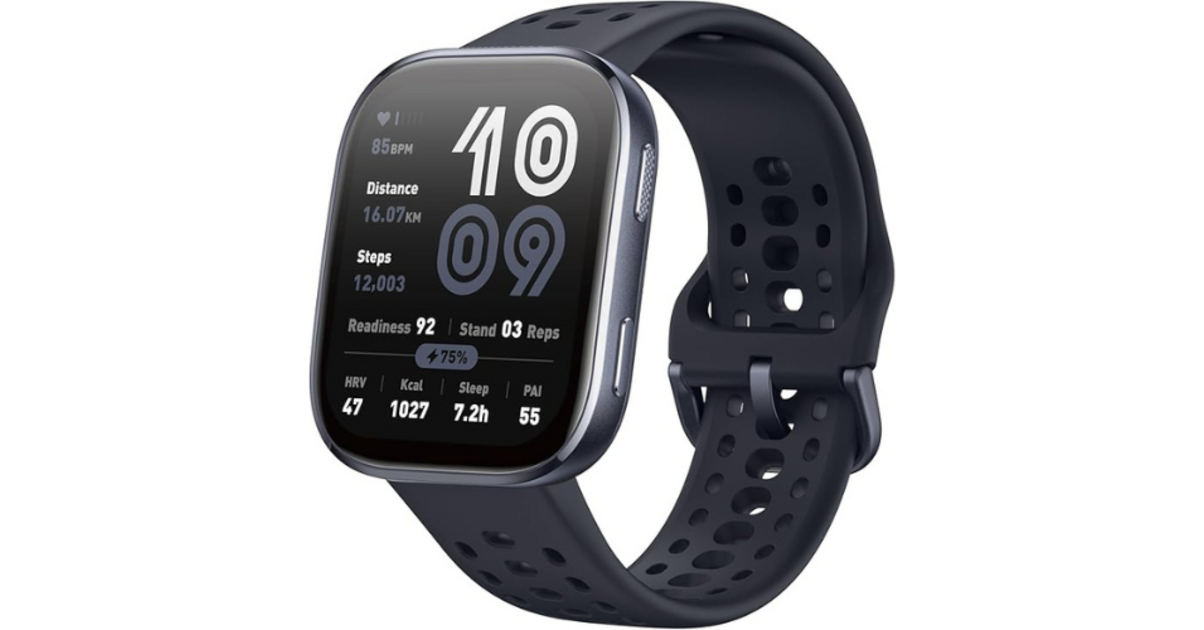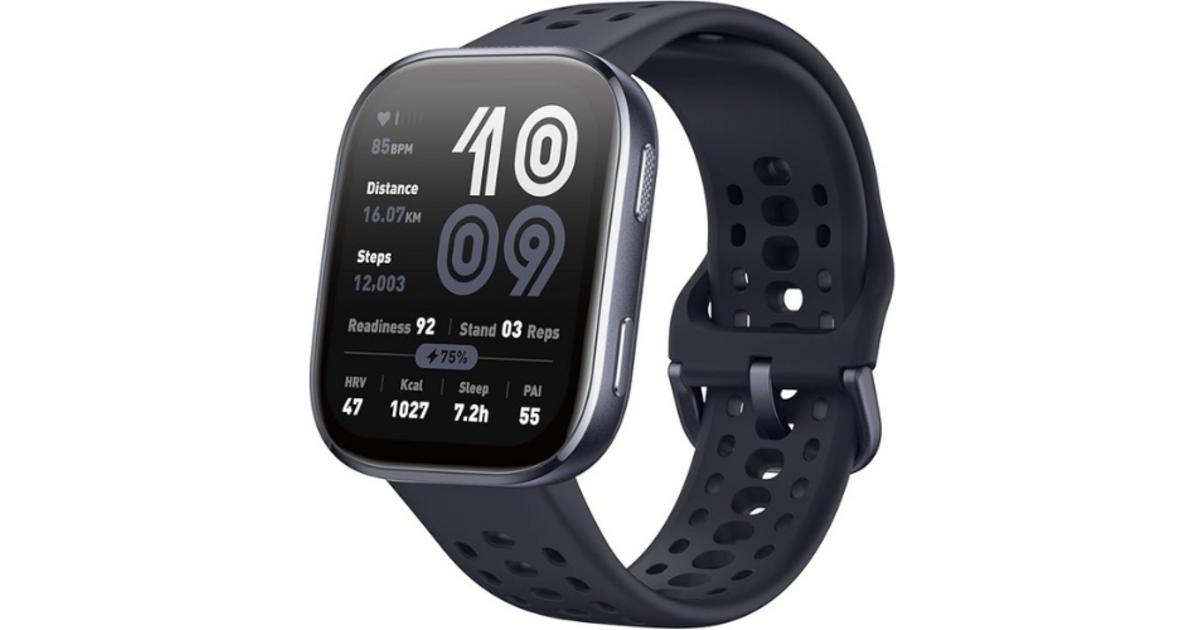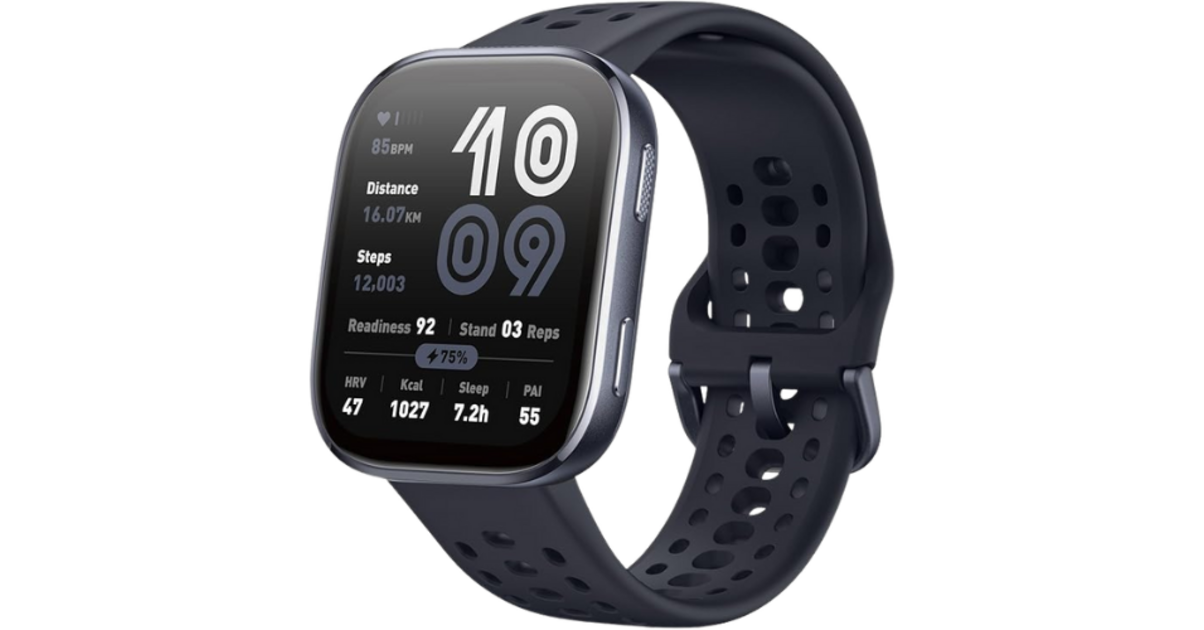Table of Contents
Design, materials, symbolism: why we wear a watch
Thickness, lug-to-lug, reflections
The design of a smartwatch often comes up against two limitations: the thickness (battery + sensors) and the black screen. We accept it in the gym, on runs, in open space. We like it less under a formal shirt. Hybrid or always-on screen models alleviate the problem, but the rendering remains digital. Conversely, a classic watch plays with depth: polished hands, applied indexes, bezel rim, brushed design. It is a matter that lives in light, not a pixel.
Materials: steel, titanium, leather… and intelligent polymers
The bracelet makes 70% of the style. A smartwatch goes from silicone to grained leather in 10 seconds: quick switch, new personality. Titanium cases make everything lighter. Tempered or sapphire lenses protect against shocks. Classic watches push the finesse of the finishes further (clean beveling, consistent brushed, mirror polished). The result is tactile, almost delicious. A smartwatch can seduce with its technical material, a classic captures with its sensual texture. Two pleasures, not the same audience, sometimes the same person.
Symbol: weak signal, strong impact
We underestimate the “object-sign” effect. A classic watch silently tells: taste, attention to detail, culture of lasting usefulness. A smartwatch signals something else: control of its metrics, optimization, pragmatic modernity. Neither good nor bad. Just two ways to experience time. That’s a social reality, not a judgment.
Price, sustainability, audiences: concrete trade-offs
Total cost over 4–5 years
The smartwatch is a mini-computer. It ages like it: battery that tires, software version that pushes to the next model. We resell, we update, we change the battery sometimes — it’s calculated. The classic watch needs maintenance. Revision, joints, polishing if necessary. After 5 years, a good mechanical watch remains there, full of its history. Basically, the smartwatch optimizes the present, the classic capitalizes on the long term.
Material durability
A steel case will hold. A sapphire will hold. Well-maintained leather will hold up. The optical sensors remain exposed to scratches, sweat, sand. Nothing dramatic, but it’s worth integrating if you’re the “ultra-trail + climbing + sea” type. A traditional watch piece, even when mishandled, can be revised and started again. This long cycle appeals to patient minds. The other gives immediate feedback. Two rhythms.
Which audiences?
Regular athletes : the smartwatch wins (tracking, recovery, security, navigation). Formal frameworks : two watches are the royal road (smart during the week, classic in the evening). Creatives : often a discreet smartwatch (reduced notifications) or a tool-watch (robust classic, raw style). Minimalists : fine classic watch, period. Hyper-connected : assertive smartwatch, sober dials, sorted notifications. Nobody is wrong. Nobody is right. Everyone arbitrates their own constraints.
And resale?
A smartwatch goes down quickly, but resells quickly. A classic watch discounts depending on the brand, condition, market. If you like to renew often, the connected world is fluid. If you like to keep, the mechanic rewards patience.






